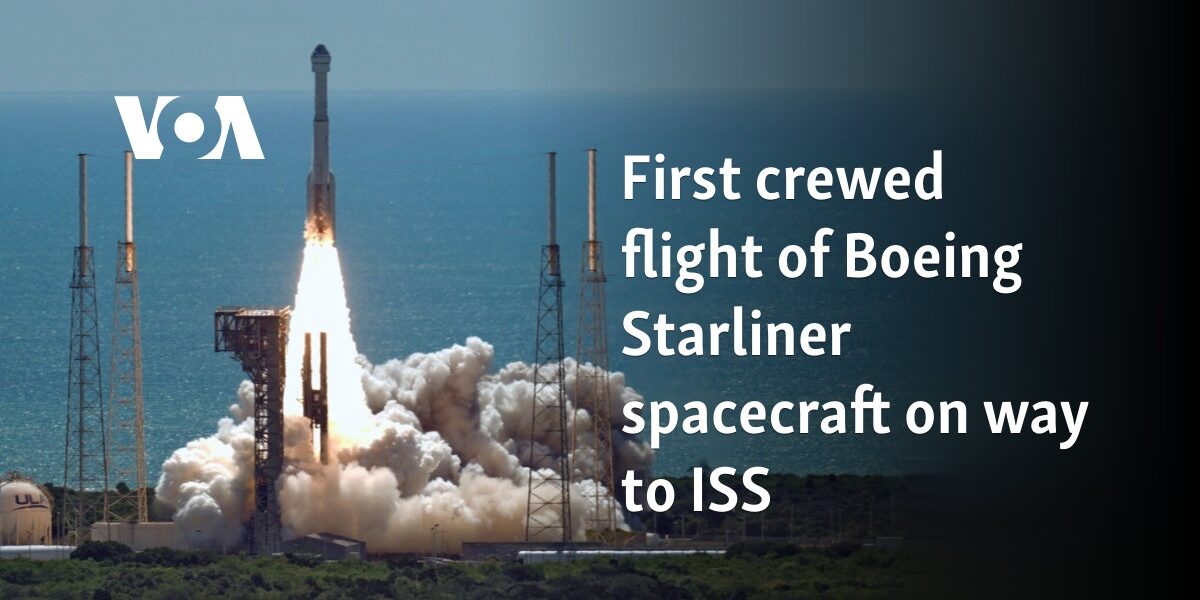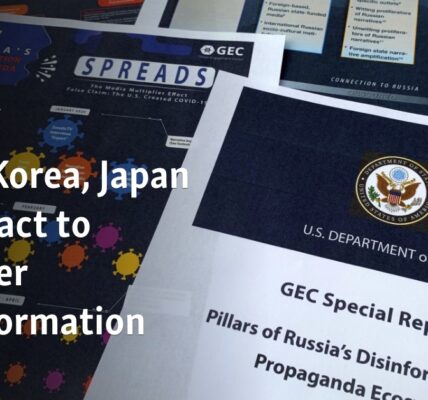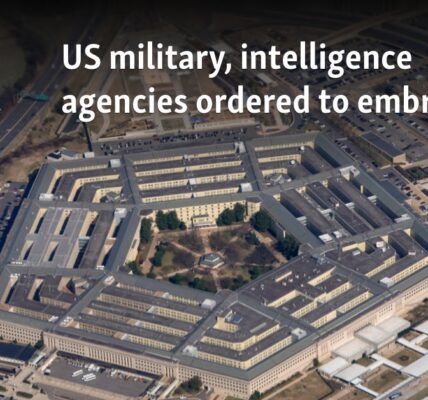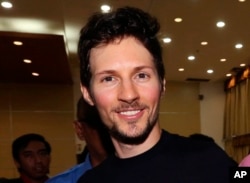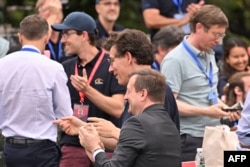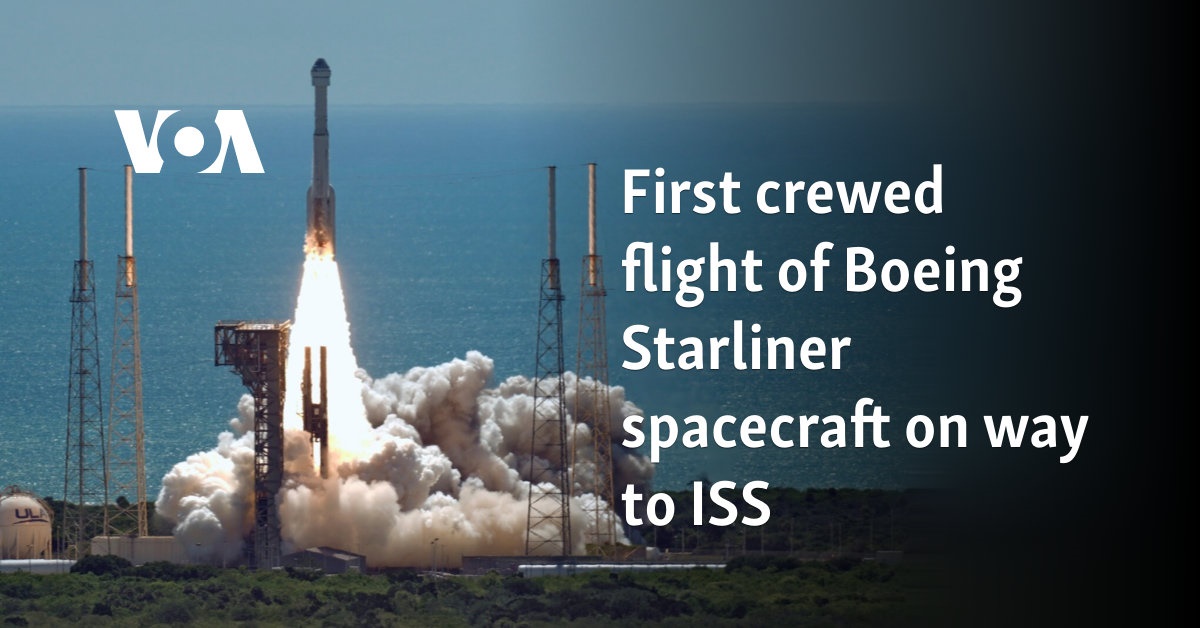
The new Boeing Starliner has lifted off with NASA astronauts headed to the International Space Station, or ISS. After two previous attempts, the Starliner was launched at 10:52 a.m. local time Wednesday from Space Launch Complex 41 at Cape Canaveral, Florida.
The earlier attempts to send U.S. astronauts Butch Wilmore and Sunita Williams to the ISS on the first crewed flight of Starliner were canceled before launch.
Wilmore and Williams had just entered the capsule on May 6 when ground officials noted a faulty oxygen relief valve on the Atlas V rocket’s second stage. The second scrub occurred last Saturday with just under four minutes before liftoff due to a failure involving the computer system that controls the countdown’s final minutes.
“We don’t launch until it’s right,” said NASA administrator Bill Nelson in a press conference.
The most recent launch lifted off successfully, but the sublimator system, which provides cooling during both the launch and the landing by creating a block of ice, is now being monitored.
“We used a little more water than we expected during the ascent,” said Steve Stitch, manager of NASA’s Commercial Crew Program, during the press conference.
NASA says a backup system is in place and that the sublimator will be monitored and tested.
Since the initial launch, reaction has begun to trickle in, even from other space providers. Elon Musk of SpaceX took to the social media platform X to offer his congratulations.
Boeing has spoken about its relationship with SpaceX.
“We don’t see it as a competition. We’ve got two providers that are going up to the International Space Station,” said Mark Nappi, vice president and program manager of the Commercial Crew Program for Boeing. “This is something that NASA has planned, and we’ve accomplished it.”
At the same time, NASA commented on its relationship with other countries involved in space exploration, including China.
“They [space program of the People’s Republic of China] have made lots of progress in the last 10 years. I would very much and have said this publicly many times for them to be more transparent, more open, less secretive. We need to cooperate on things,” said Nelson.
With the launch under way, Wilmore and Williams are expected to spend a day in orbit before docking with the orbital outpost, where they will spend about a week testing the capsule and its subsystems.
The eventual flight will be the final test before NASA can certify Boeing to conduct routine missions to and from the space station for the agency.
Boeing will become the second reliable option for human space flight along with Elon Musk’s SpaceX Dragon capsule. SpaceX has been shuttling NASA astronauts to and from the ISS since 2020.
The Starliner program has experienced years of costly setbacks and delays.
During a 2019 uncrewed test flight, the capsule was on an incorrect trajectory due to a software error and returned without reaching the ISS.
Another launch was postponed in 2021 because of a valve problem. An uncrewed capsule reached the ISS in May 2022. But the spacecraft has experienced several problems since then, including the discovery of flammable tape in the cabin and weak parachutes.
The astronauts now headed to the International Space Station are currently scheduled to dock on June 6. Individuals at the press conference are yet to hear from Wilmore and Williams but stated that information from the astronauts should be coming shortly.
Source: voanews.com
